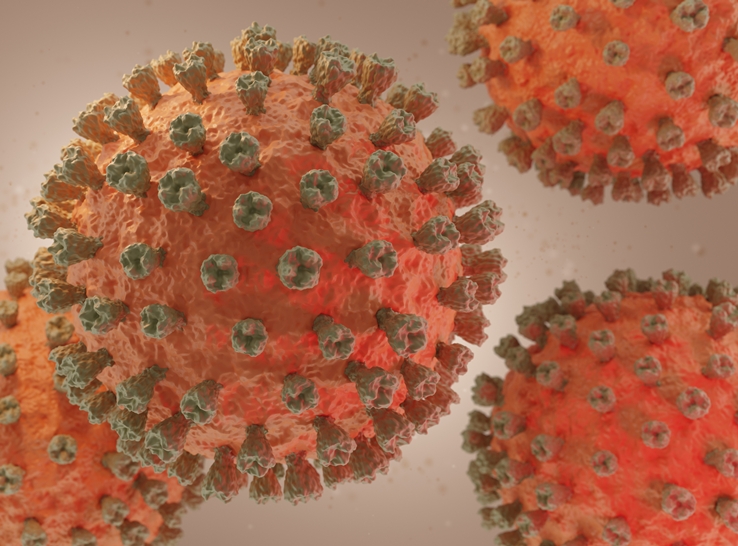Health challenges associated with antibiotic-free production and the growing issue of wooden breast syndrome in broilers are two emerging trends to appear in the latest edition of Diseases of Poultry.
Referred to by the industry as “the bible of poultry diseases,” the 14th edition of the textbook has been updated to reflect evolving health and management challenges facing producers today.
David Swayne, DVM, PhD, editor in chief of the revised title, said the latest version would help veterinarians and other professionals understand emerging health issues, such as those associated with antibiotic-free production, more effectively.
“There has been a huge consumer demand to raise poultry antibiotic-free. And that creates a lot of difficulties in managing diseases and preventing diseases,” Swayne said.
“We approached a couple of world-renowned poultry veterinarians who deal with this issue in production, and they wrote an excellent chapter on antibiotic-free production of poultry.”
New health challenges
Diseases of Poultry was first published in the 1940s, and the American Association of Avian Pathologists (AAAP) has overseen new editions since the early 1960s.
As the industry evolves, new health challenges and trends emerge, and the latest edition — which has been released in digital and print formats — reflects those changes, Swayne said.
“Wooden breast syndrome has become a major issue in broiler production,” he added. “That’s added in a chapter. White chick syndrome, which has just recently been determined to be caused by an astrovirus [has also been added].”
In addition to the new topics, existing health challenges have been revisited and updated with the latest thinking. “We went back and did major revisions for several chapters,” Swayne explained. Chicken anemia virus and reovirus are two examples of this.
More than 100 authors
Some diseases become less prevalent, as well. Mycoplasma meleagridis, for example, is “still out there” but not the significant issue it was 40 to 50 years ago; its entry has been incorporated into other parts of the book covering mycoplasma.
Compiling the book is a collaborative effort, added Swayne. “We have a little over 100 authors. I believe we have 71 that are US and I think 31 that are non-US authors.
“On the editorial staff, we have six editors, [and] we all made a concerted effort to try to find the best expertise in the world, not just the expertise we have here in the US.”
The books are available as a hard copy from Wiley or other online booksellers, while the digital edition is downloadable through the Bookshelf App. AAAP members get a 25% discount on both versions.
Editor’s note: Content on Modern Poultry’s Industry Insights pages is provided and/or commissioned by our sponsors, who assume full responsibility for its accuracy and compliance.










